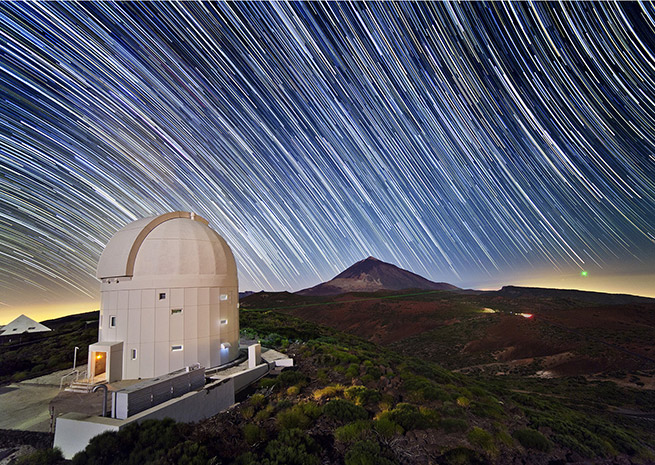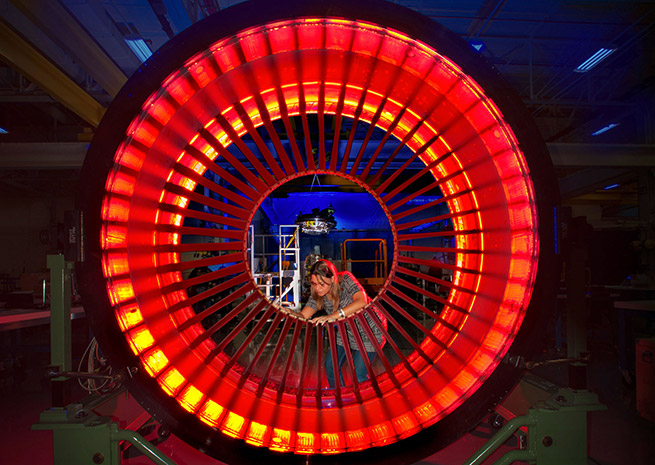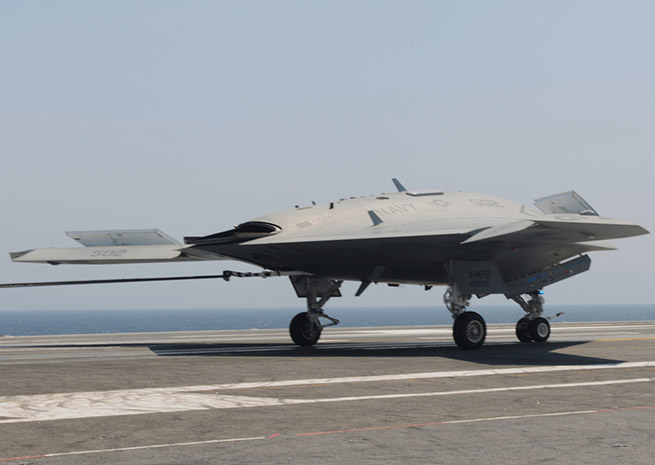Contenders for the 2013 Robert J. Collier Trophy are powered by pedals, turbines, and nuclear reactors, some making groundbreaking flights a few feet off the ground while others have traveled farther from Earth than any other man-made machine. The nominees, announced Feb. 3 by the National Aeronautic Association, have each pushed the limits of what is possible. Human-powered helicopters, for example.
“It looked like an impossible dream,” said Inderjit Chopra, professor and director of the Alfred Gessow Rotorcraft Center at the University of Maryland, where students built and flew one of two pedal-driven helicopters that set records for altitude and duration in 2013. The Gamera project, built (and powered) by university students, spent the past few years competing with another human-powered helicopter known as Atlas, developed by AeroVelo, a Canadian team backed by the University of Toronto and a long list of corporate sponsors. Rather than compete for a Collier Trophy, the teams decided on a joint nomination.
In July, Atlas captured the $250,000 Igor Sikorsky Human Powered Helicopter prize awarded by the American Helicopter Society International, after achieving flight criteria that had eluded designers for 30 years: 60 seconds of flight at 3 meters (9.8 feet) altitude, within a 10-meter by 10-meter area (32.8 feet on each side.) Gamera had come up just short of the altitude requirement on a previous flight, and went on to set its own records for endurance.
In addition to achieving long-elusive milestones, Chopra said the projects have also resulted in significant advances in engineering structures that are both strong and lightweight, and these innovations are likely to find practical application in the design of future aircraft, be they powered by people or machines. Students who took part in the Gamera projects have landed jobs in the helicopter industry, and Chopra said the experiments could even lead to a human-powered helicopter suitable for backyard recreation.
“I don’t expect it, but we are all dreamers. Sometimes we dream,” Chopra said. Could pedaling into the sky be an Olympic event one day?
“Anything is possible,” Chopra said, words that speak to the spirit that Robert Collier sought to encourage a century ago.
In 1980, when the Sikorsky prize for human-powered helicopter flight was created, the Voyager Mission Team won its first Collier trophy, recognizing spectacular images of Saturn and new insights gained into the nature of the solar system. Voyager 1, launched 16 days after Voyager 2 in 1977, has now passed out of the solar system, the first man-made object to enter interstellar space, an achievement that required more than a year of careful analysis to document. That achievement is the basis for another nomination of the Voyager team for a 2013 Collier, along with the communications network that makes it possible to continue to communicate with the two spacecraft heading ever outward: NASA’s Deep Space Network, an array of massive dish antennas set up at key locations around the globe, is able to pick up the extremely faint signals broadcast by the two spacecraft, which are just 23 watts at origin, and a fraction of a billion-billionth of a watt by the time they reach Earth.
NASA has a third nomination in the running this year, with the Lunar Laser Communication Demonstration project, which achieved record-breaking bandwidth in transmissions from the moon, the first space communications system based on lasers rather than radio waves.
More terrestrial nominations also have been made by their respective creators. Boeing, which won the 2011 Collier for the Dreamliner, nominated a pair of projects: the P-8A Poseidon, a military version of the B-737 now being delivered to the U.S. Navy and India, and the X-51 Waverider, an air-breathing hypersonic scramjet set a new mark for the technology, logging 3.5 minutes at Mach 5.1 on May 1.
Northrop-Grumman’s X-47B unmanned aircraft became the first such system to be launched from, and recovered by, an aircraft carrier in 2013, and also joined the list of Collier nominees.
Jonathan Gaffney, president and CEO of the National Aeronautic Association, said this year’s nominations all came from the teams behind the respective achievements, which is often but not always the case. A selection committee composed of past winners, industry experts, and analysts will convene March 17 in Arlington, Va., to hear a rapid-fire sequence of presentations by the nominees, each making a case theirs is the pinnacle achievement of American aeronautics and/or aerospace for the year.
“We got a number of really wonderful nominations this year,” Gaffney said. “They certainly show the diversity of our industry.”
Also vying for the 103rd Collier Trophy, Pratt & Whitney engineers will make their case for the PurePower Geared Turbofan engine, developed to power the next generation of airliners, as well as the X-47B, with advanced technology that increases fuel efficiency, and reduces noise by 75 percent.
“The PurePower® Geared Turbofan™ engine has stimulated an industry-wide step change in technology to deliver better fuel efficiency, noise, emissions and economics of a single-aisle aircraft,” the company said in an email statement. “The PurePower engine family continues to perform exceptionally well in testing, with over 7,500 hours of successful testing to date. Pratt & Whitney has also received orders and commitments, including options, for more than 5,000 PurePower Geared Turbofan engines from more than 50 airline and lessor customers.”
Orbital Sciences is also vying for a Collier, having completed a successful demonstration mission to the International Space Station by a rocket developed under the NASA Commercial Orbital Transportation Services program that will be used for low-orbit cargo flights in years to come.












